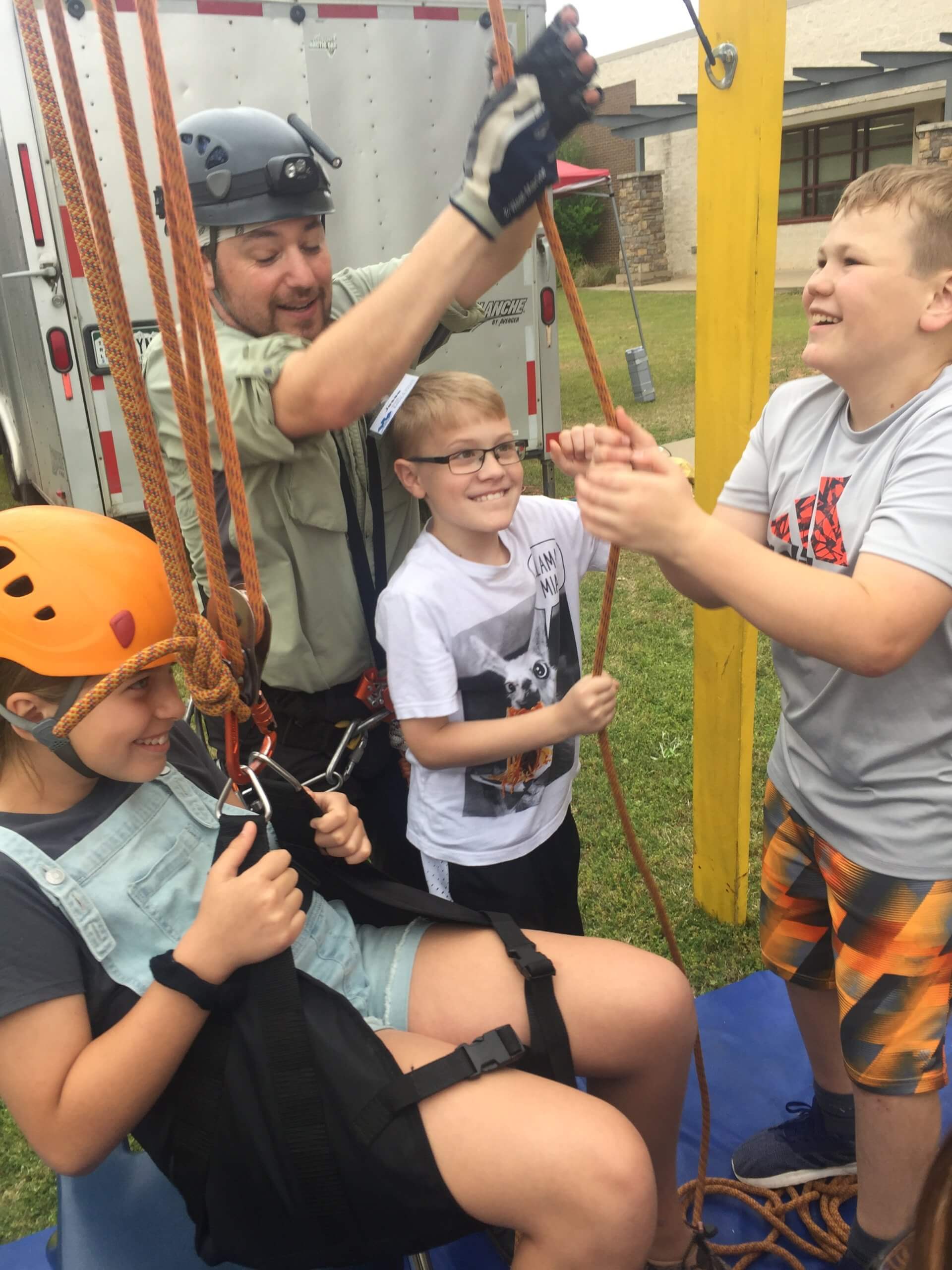Elementary School Programs
Brought right to your campus
a cave at my school?
How does it work?
Our expert staff bring a 26′ trailer to your school with a fascinating cave inside. Computer scoring makes the cave extra fun – as students explore, they get a score based on how careful they are to not touch the stalactites. The cave trailer is just one of numerous stations. We also set up an impressive vertical caving tower, a cave rescue stretcher, bat biology lessons, and other hands-on activities. Your students rotate through these stations, learning and having fun at each activity. We work with you to make sure that our program covers the content that you care most about.
The perfect blend of education and fun
Fun, physically-active programs use hands-on learning to connect caves with your curriculum. During our standards-aligned program, your students will learn important content in many subjects, from science and math to social studies, PE, and art. Your students will see real-world examples of why every school subject is so important, and they’ll come away with a renewed understanding of why school matters. For weeks after the program, your students will tell you how glad they are that you brought CaveSim to school for them.
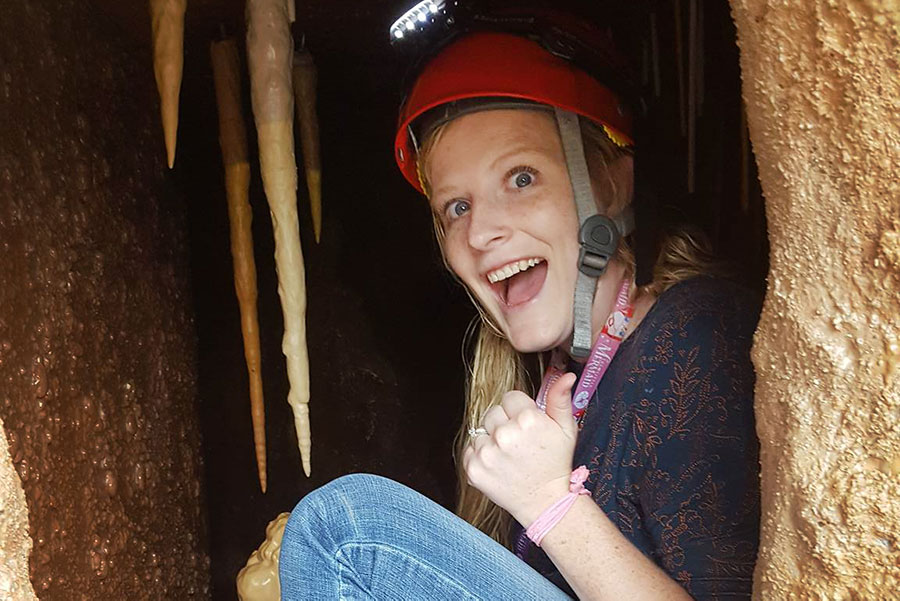
"Incredible experience"
This is an incredible experience. My students absolutely enjoyed the CaveSim experience and learned so much! Thank you CaveSim!
"Best thing we've done"
This is the best thing we've done all year!
"It was so fun"
CaveSim was amazing. I had students come up to me the next day, give me a big hug and say ‘Thank you Ms. Jones for having the cave at our school. It was so fun.’ The cave experts were fantastic. You were able to share important content related to earth science and life science. Each part of the presentation was aligned to our science standards. We would love to see you back next year.
"A rousing success"
Science Days was a rousing success and everyone is raving about how good your stations were. The cave, obviously, but I have also heard especially good things about the bats and echolocation games being perfect for the younger kids and I saw the bigger ones enjoying it as well. I’ve had a number of teachers say they want you back.
Recent elementary school programs
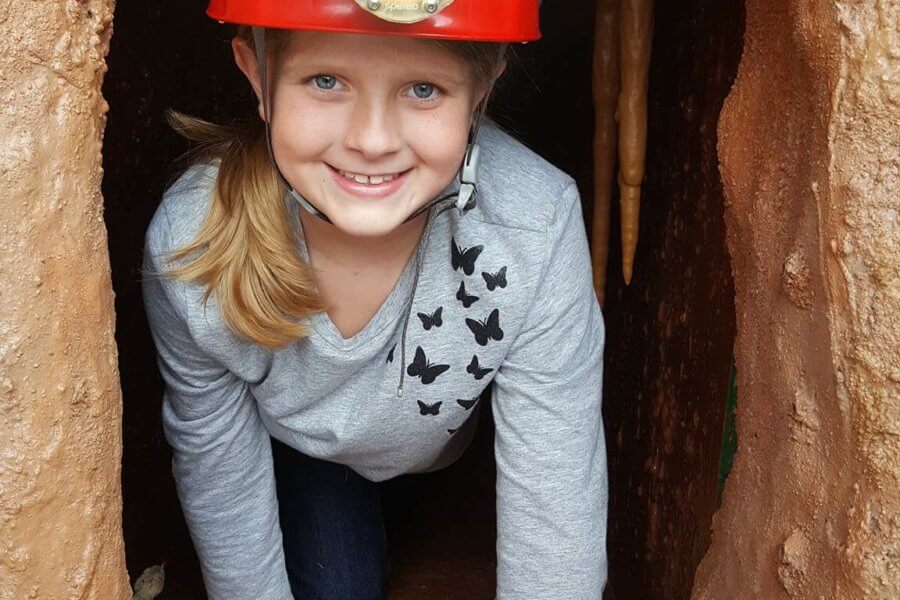
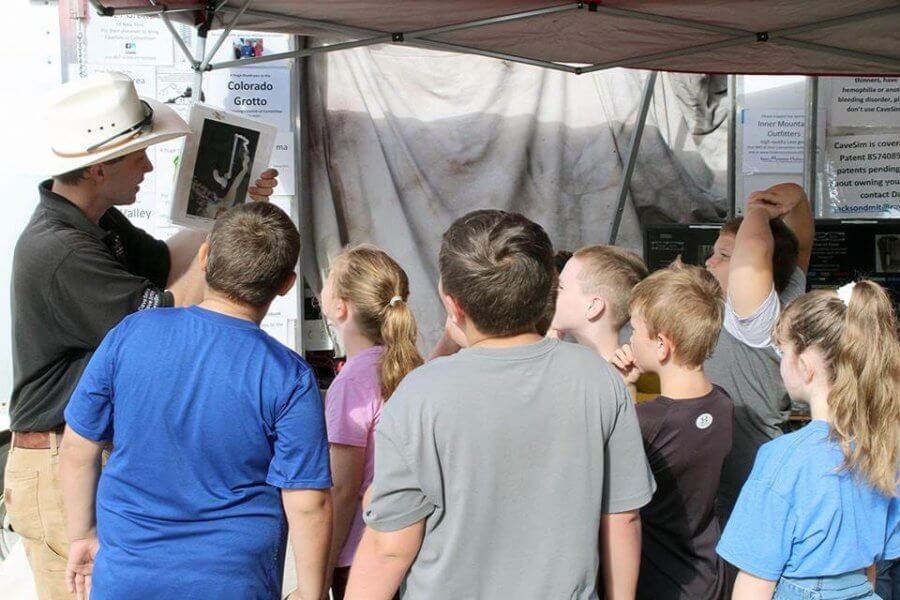
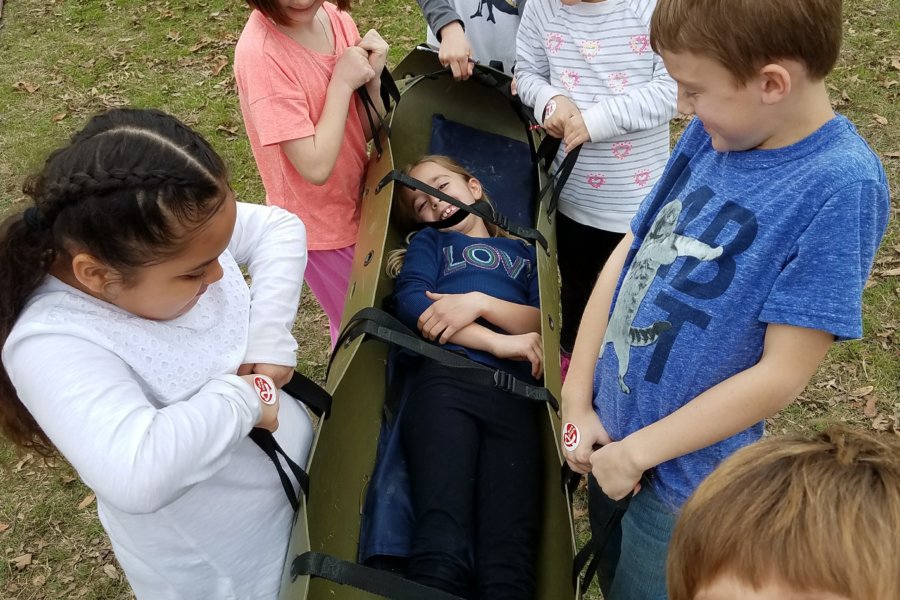
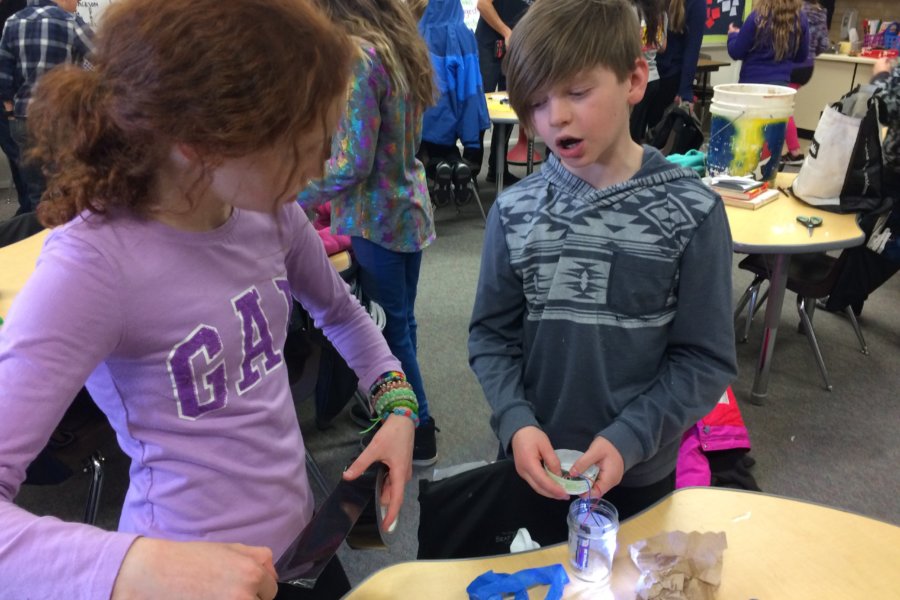
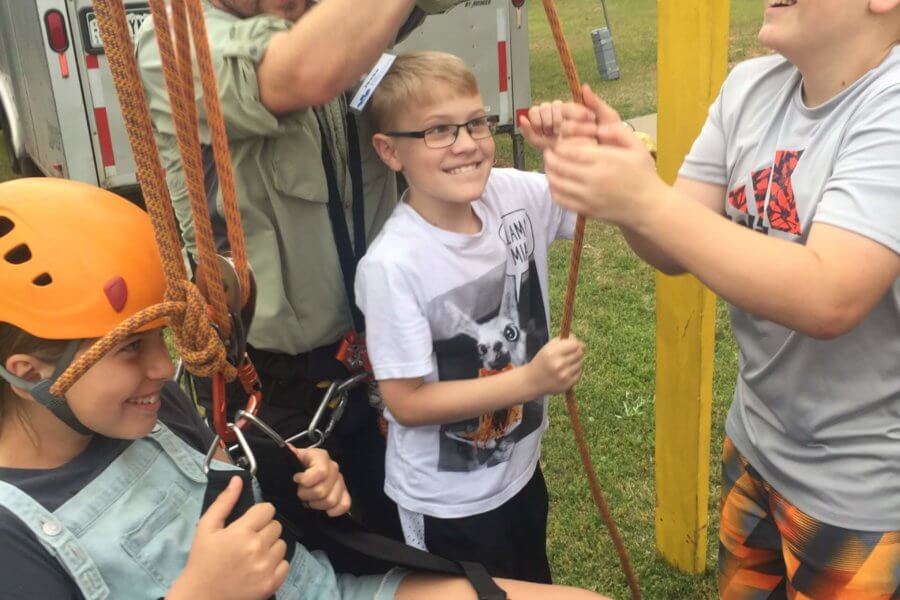
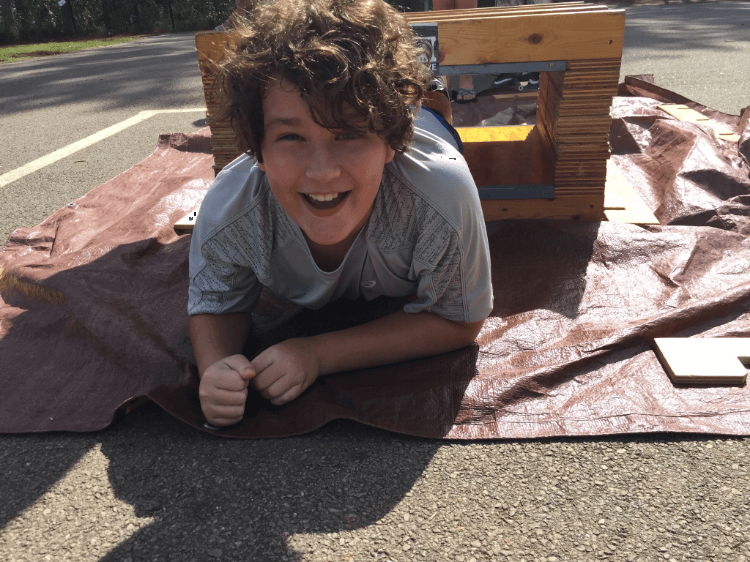
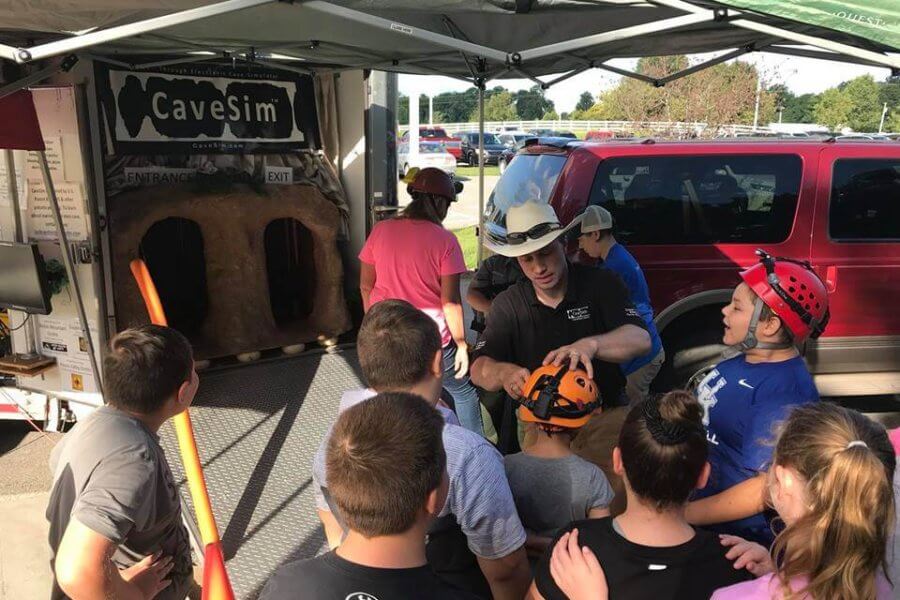
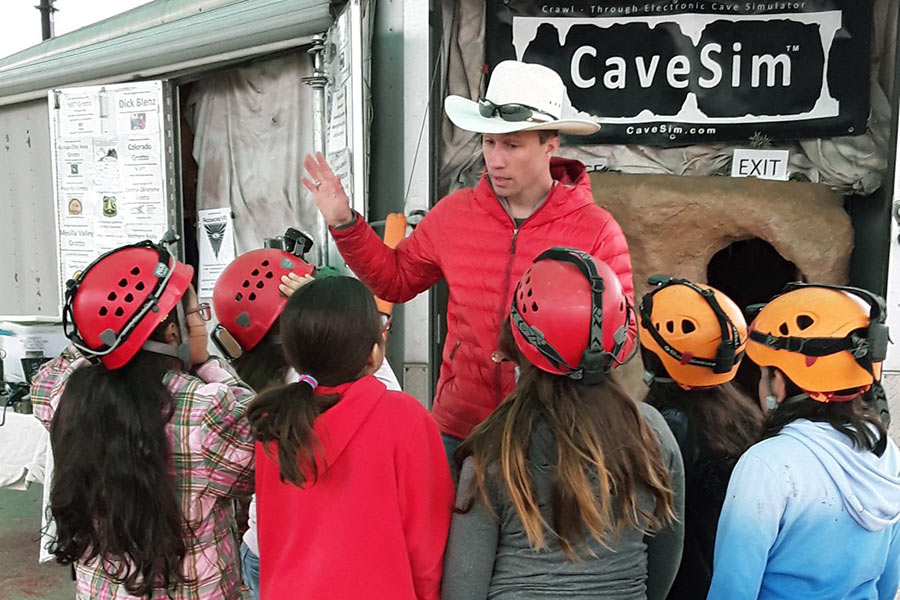
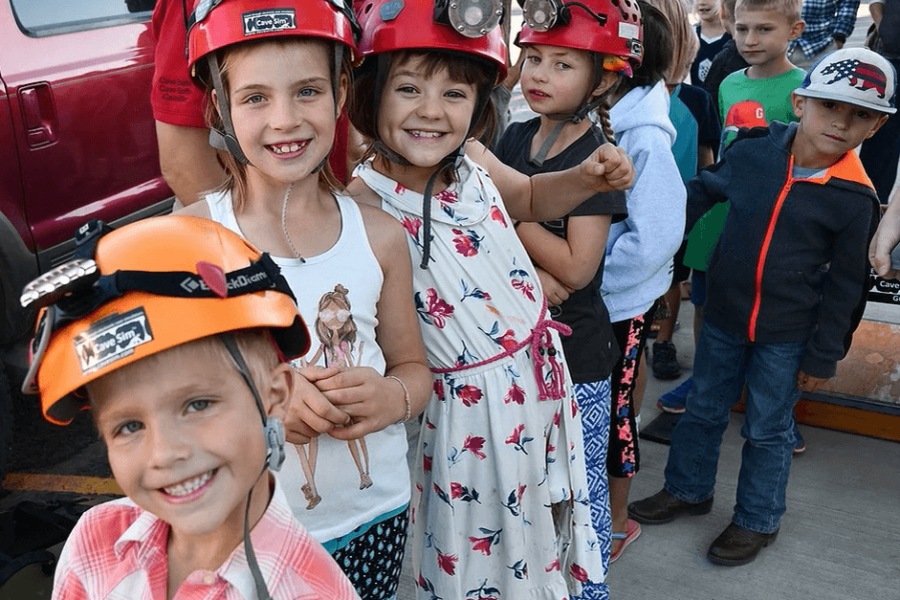
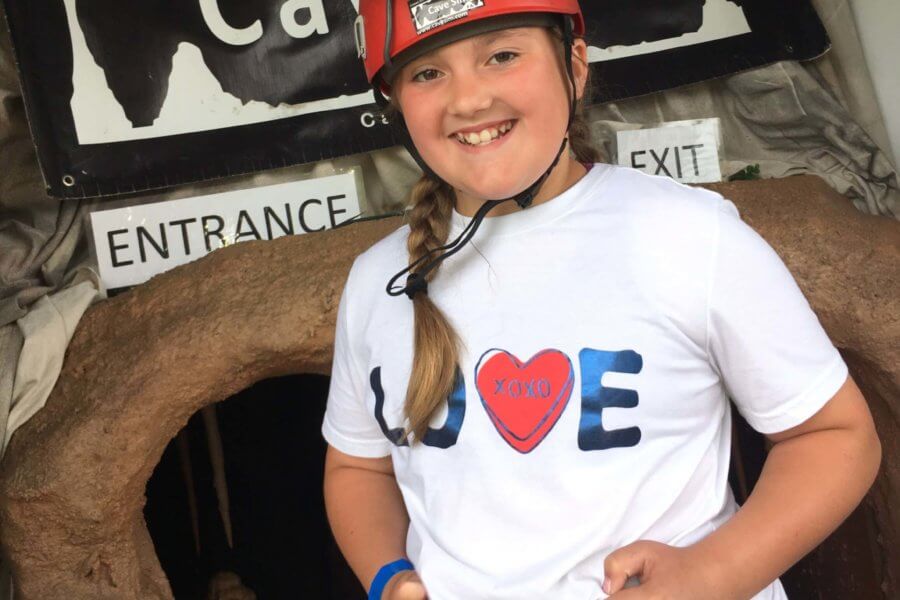
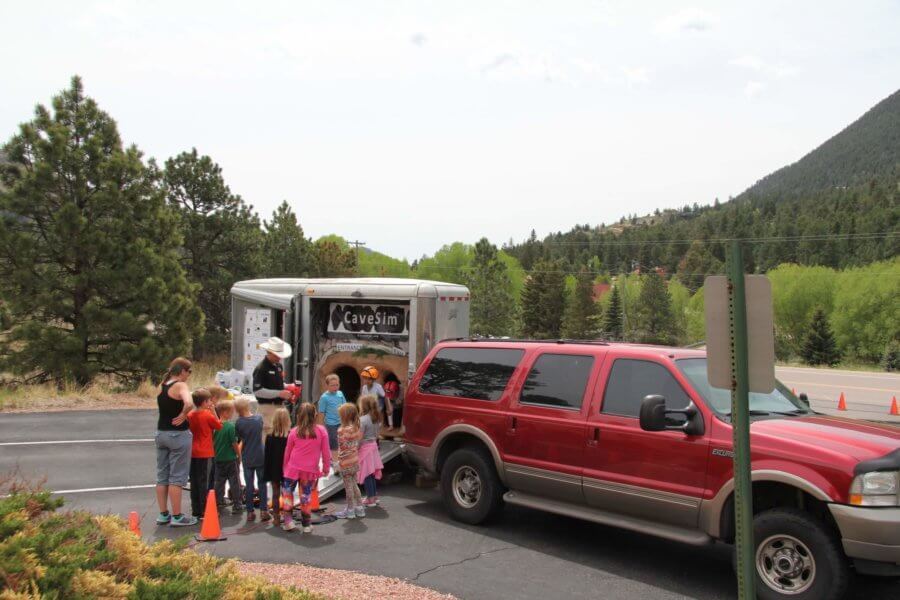
Learn more
Browse the tabs below to get answers to all of your questions.
Here are some of the other schools that we’ve worked with around the country:
- AL: Creative Montessori (Birmingham)
- CA: College Connections Academy (San Jose)
- CO: Peoria ES, Fulton Academy, Aurora Hills MS, Ryan ES, Aspen Creek K-8, Avery Parsons ES, Gold Camp ES, Academy International ES, Buena Vista ES, Cresson ES, Arrowwood ES, Legacy Academy, Falcon MS, Carson MS, Patriot ES, Aragon ES, Abrams ES, Atlas Prep, Palmer Lake ES, Ute Pass ES, Manitou Springs ES, Lake George Charter School, Ridgway ES, Las Animas ES, Queen Palmer ES, Eisenhower ES, Good Shepherd School, Cedar Ridge ES, Ben Franklin Academy, The Colorado Springs School, The University School of Colorado Springs, Longfellow ES, Mountain Song Community School, University Schools (middle school), Foothills ES
- GA: Hillside Montessori, Barnwell ES, Youngs Grove ES
- KY: Barren County Intermediate Center, Allen County MS
- MS: Jackson Academy
- OK: Grove Lower ES, Upper ES, and HS, Centennial ES, John Ross ES, Frontier ES, Will Rogers ES, Stillwater Virtual Academy
- TN: Winchester Christian Academy (preK-8), Soddy Elementary, Jackson County MS
- TX: Austin HS, McCallum HS, Eastside Memorial HS, Bedichek MS, Andrews ES, Baranoff ES, Barrington ES, Blanton ES, Brentwood ES, Cowan ES, Hill ES, Houston ES, McBee ES, Wooldridge ES, Frost ES, Dahlstrom MS, Brawner Intermediate, Baccus ES, Lake Travis, Lakeway ES, Sanchez ES, Metz ES
Choose your state to see how CaveSim programs align with your standards.
- Alabama Standards Alignment
- Arkansas Standards Alignment
- California Standards Alignment
- Colorado Standards Alignment
- Florida Standards Alignment
- Georgia Standards Alignment
- Iowa Standards Alignment
- Kansas Standards Alignment
- Kentucky Standards Alignment
- Massachusetts Standards Alignment
- Minnesota Standards Alignment
- New Mexico Standards Alignment
- Nevada Standards Alignment
- Oklahoma Standards Alignment
- South Dakota Standards Alignment
- Tennessee Standards Alignment
- Texas Standards Alignment
- Utah Standards Alignment
- Wyoming Standards Alignment
It’s easy to have CaveSim come to your site. Just pick a location that you think will work and tell us where to set up. Use the info below to help you pick a good location.
Check out our calendar to see when we’re available, then contact us to book your program.
Typically 30-200 students per day. For over 200 students, we do multi-day programs.
We usually teach full-day programs. Students participate in groups (typically 1-3 classes at a time). Each group participates for about 60-90 minutes, depending on your learning and schedule needs. For smaller schools, we can do as much as three hours of teaching with one group.
Our program is best suited for 2nd grade and up. We have worked with kids as young as preK, but they don’t get as much out of the program.
Yes. Many schools sign up for non-adjacent grades, like 3rd and 5th. This allows us to come back each year with something new and exciting for students.
We usually teach the entire program outside. In bad weather, many of our activities can be set up inside. The cave always stays in the trailer, and we put up tents to shelter the students. In very severe weather (heavy rain, high winds), we will close the cave and do all of our activities inside. The cave does have heat and AC. See our setup info sheet for more details.
Yes, please provide parent volunteers and/or school support staff to help with some of the CaveSim activities. We recommend that you provide 3-4 parent volunteers at any given time, or 2-3 school support staff. Classroom teachers may help in place of volunteers/support staff if needed, but we do need adults to help run some activities while at least one teacher is available to assist with classroom management.
Yes, they can. We include many activities, and there is something for everyone. While the cave is not wheelchair accessible, numerous students who use wheelchairs have explored CaveSim by getting out of their wheelchairs and crawling through. Some students may have more difficulty avoiding cave formations, and our only requirement is that each student understand their goal of not touching the formations (for the safety of the system and students). Students of any ability level who are unable to understand the careful-caving goal may participate in our other activities. CaveSim has night-vision cameras which allow us to check on students as they explore. We also have five access points to allow us to let participants out of the trailer if needed.
We teach Challenge By Choice, which means that each student is encouraged to set goals for themselves and see if they can attain their goals. We encourage all students to try the cave, even if it means just putting on a helmet and going in a few feet. We include many activities for students to try. Participation in all activities is an individual decision.
Sí. El inventor de CaveSim habla español. No es fluido en español, pero sabe suficientes palabras para instruir un programa en Español. Y él sabe algunas palabras específicas de las cuevas, por ejemplo “estalactita”, “estalagmita”, y “este es un videojuego, y el objectivo es no tocar las estalactitas o estalagmitas.” ¡Y escribió esto sin un diccionario! Nosotros objetivo es incluir todos los estudiantes, sin importar sus antecedentes.
Yes, it has both, and they work quite well.
Click the next tab (“Ask us a question”) and ask away! We’re always here to help.
Book now
Our permission slips are available at cavesim.wpengine.com/schools/waivers. If you have questions or concerns, please let us know.
Different schools fund our program using different approaches, so we’ve compiled a list of ideas and resources to help you.
- Idea: Many schools use PTO funding, field trip funds, classroom funds, or have students bring in money. Some schools use a combination of these sources.
- Idea: Some schools get support from local businesses or other organizations that want to show that they’re doing good work in the local community. We include free advertising for your sponsors: we’ll post a sign on the trailer with info about your sponsors, and we’ll keep the sign up for a year as we travel around the country. We’re happy to include any information that the sponsor would like to share, including website and logo. We also get the word out about sponsors via social media.
- Resource: Selling CaveSim to your principal (a 1-page list of 12 simple reasons to have CaveSim)
- Resource: Grants available from other organizations
- Resource: DonorsChoose
- Resource: Our schools-in-need application
Choose your focus area (optional)
Most schools choose our standard program, which covers many different subjects rather than diving deep into one subject. However, if you’re looking to ensure that specific topics or standards are addressed, we can easily do that. We’ll bring you a program that’s closely aligned with what you’re currently teaching. Below are just a few examples of our focused programs. When you book, just tell us whether you’d like a standard program that covers a bit of each subject, or a program focused on a specific topic.
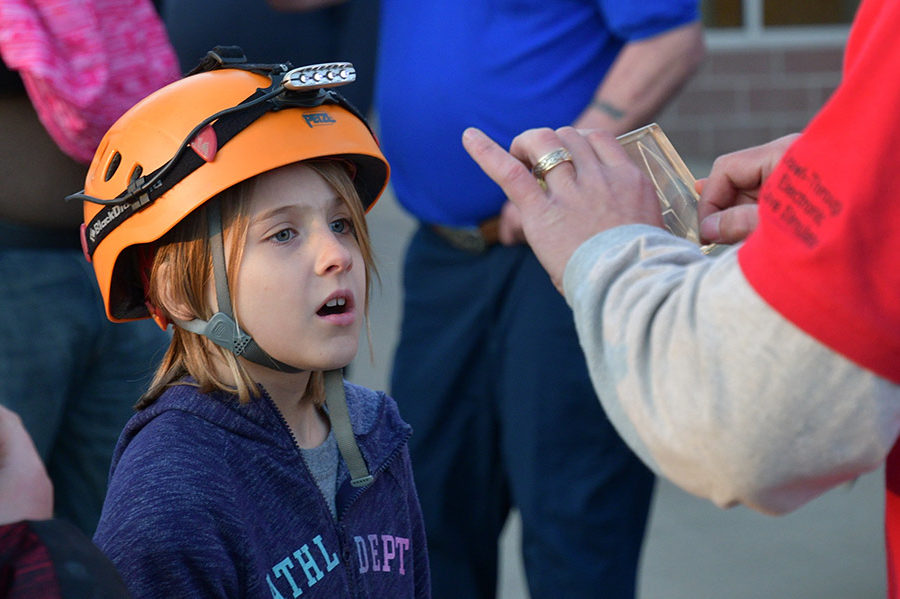
Life Science
Caves are about much more than rock. They’re filled with life, from bats and salamanders to invertebrates and extremophiles. Using a real bat skeleton, real guano, and many fake critters inside the cave trailer, we teach students about these important species, the adaptations they use to live in caves, and the cave food web.
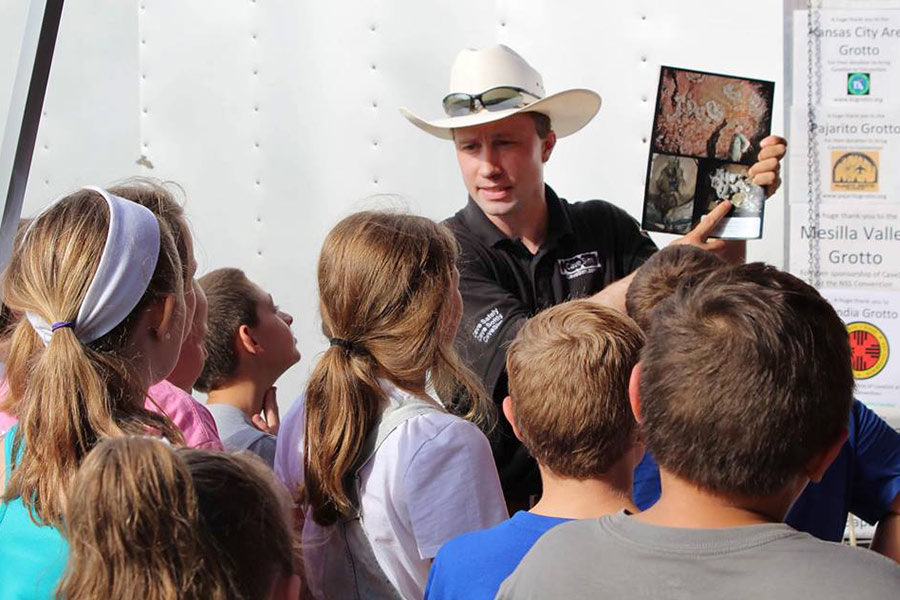
Earth science
Cave minerals are all around us, in walls, toothpaste, and food. Caves help us by holding the water we drink. They even hold clues about ancient climates, helping us understand our current climate. CaveSim staff teach exciting lessons about geology, landforms, climate, and conservation. Hands-on lessons teach students about the chemistry of caves.

Physical Science
There’s no better way to learn the physics of simple machines than being lifted up a 12 foot tower in a harness. Students learn about friction, forces, fractions, and even trigonometry. We also offer exciting chemistry demos with working carbide lamps that teach students about exothermic reactions and states of matter.

Engineeering
We created CaveSim, including the software and electronics, and we love sharing the fun of engineering. Students go hands-on with cave rescue phones to learn about electromagnetics, and we teach waves and energy with homemade waterproof speakers. We also offer STEM labs for various ability levels (scroll down for more info).
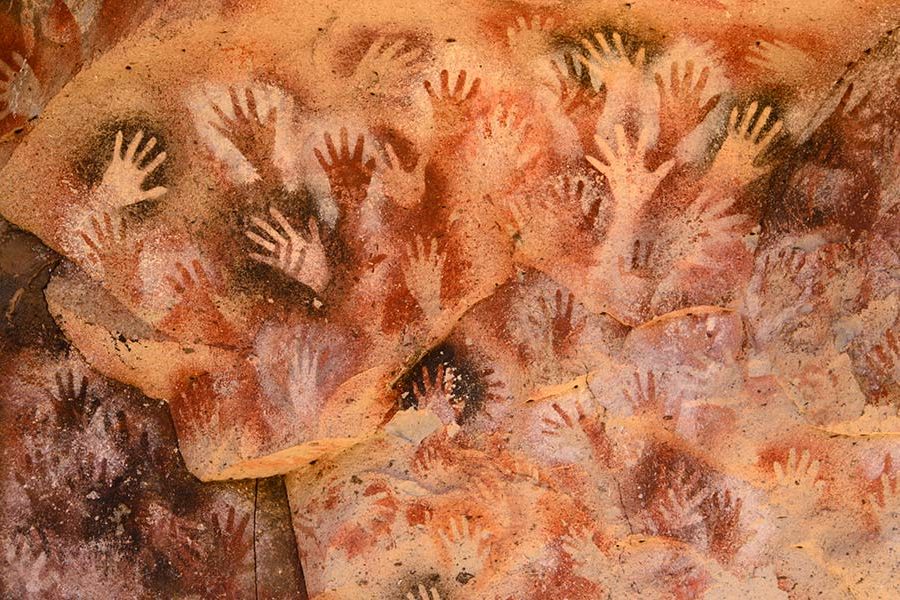
Art
The oldest art is found in caves, making caves an ideal place to study the origins of art. While exploring the mobile cave, students look for cave paintings and pottery. After exiting, students are asked to interpret what they saw. Students also learn about art preservation, and can even do hands-on art activities.
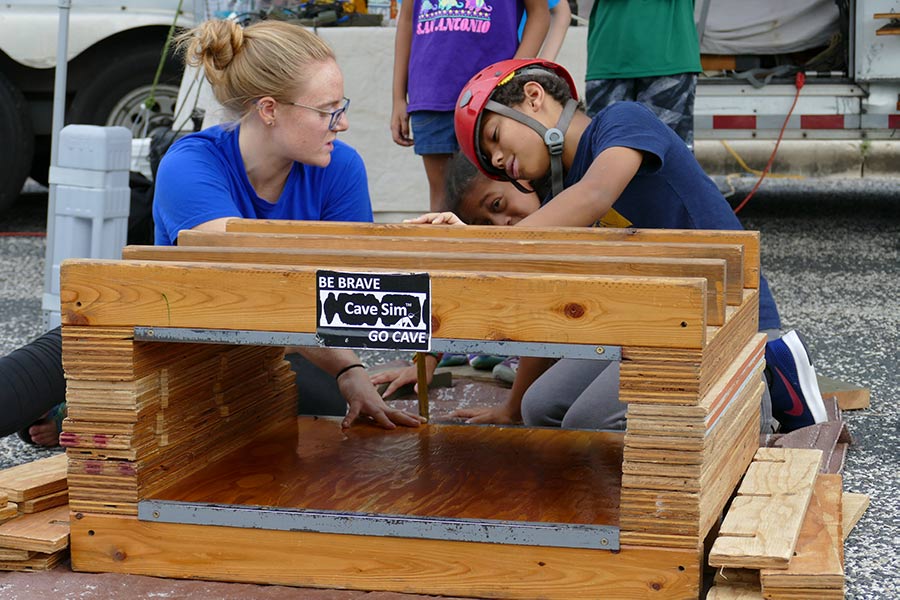
Physical education & Teamwork
PE teachers love CaveSim because we connect PE and other subjects. Students learn core content while being physically active, and kids who have trouble focusing often excel during CaveSim programs. Students practice teamwork and coordinated motion with a cave rescue stretcher, and a squeezebox allows students to practice moving their bodies in different ways.
Add a lab to your program (optional)
Standard programs can be enhanced by adding our labs, which provide an in-depth educational experience in a specific subject, like biology or engineering. We never use kits because our goal is to teach students that engineering and science are accessible to them without the use of pre-prepared materials. We emphasize conservation by using recycled materials in our engineering labs.
Geology Lab
Students make their own karst topography (cave landforms) using safe household materials. After creating cave strata in a cup, students add water to their model and watch as a sinkhole forms in real time.
- Recommended grades: 2nd & up
- Topics: landforms, geology, reactions, hydrology, conservation
- Suggested group size: Up to 48 kids (in two classrooms of 24)
- 35-45 minutes per group
- Starting at $2.95/student
Cave Formation lab
Students make their own cave formations (stalactites, stalagmites, cave popcorn) using safe household materials. Students work in teams of 2-3, and conduct several experiments, making predictions about the outcome of each.
- Recommended grades: 2nd & up
- Topics: States of matter, reactions, geology, hydrology
- Suggested group size: Up to 48 kids (in two classrooms of 24)
- 30-40 minutes per group
- Starting at $2.75/student
Waves & Energy Lab
After an activity with real cave rescue phones, students make their own version using cups and string. Students conduct several experiments with their phones, make predictions, and record their observations.
- Recommended grades: 3rd & up
- Topics: Waves, energy, electromagnetics, graphing
- Suggested group size: Up to 48 kids (in two classrooms of 24)
- 30-40 minutes per group
- Starting at $1.95/student
Epidemiology Lab
Millions of bats are dying in the US from a fungal disease (WNS). Through a hands-on game with fluorescent dye, students model the spread of WNS and learn about epidemiology.
- Recommended grades: 3rd & up
- Topics: Scientific method, graphing, predictions
- Suggested group size: Up to 24 kids
- 30-45 minutes per group
- Starting at $1.90/student
Biology Lab
Students culture live cave biota in Petri dishes, and learn that single-celled organisms can demonstrate intelligence. Students choose from multiple experiments, and learn about ecosystem factors that impact their experiments.
- Recommended grades: 4th & up
- Topics: ecosystems, food web, kingdoms of life
- Suggested group size: Up to 25 kids
- 50+ minutes per group
- Starting at $8/student
WaterProof Flashlight Lab
Students create caving lights from scratch. They make an LED circuit from simple components, and get soldering experience with 1:1 instruction. Students design and make a flashlight case from recyclable materials, test their work to see if their lights are waterproof, and revise their designs as needed.
- Recommended grades: 5th & up
- Topics: engineering, entrepreneurship, basic circuits
- Suggested group size: Up to 24 kids
- 60-90 minutes per group
- Starting at $8/student

